Search results6 results
LIBRARY
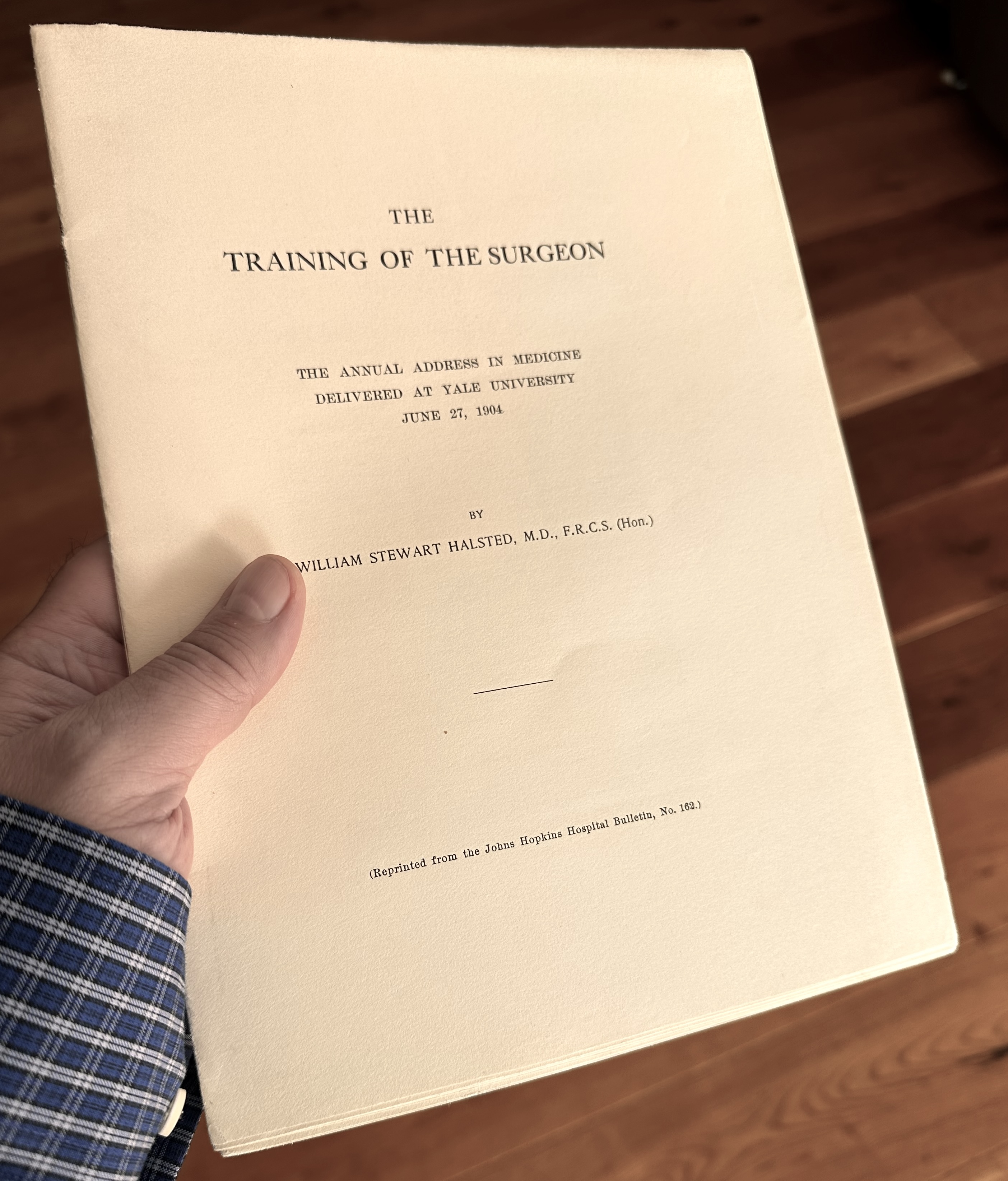
USA, 20 C. 1 half
Halsted, William Steward
The training of the surgeon : the annual address in medicine delivered at Yale University, June 27, 1904 / by William Stewart Halsted. The first edition. This lecture emphasized that surgical skill must be built through rigorous, systematic training rather than quick apprenticeship. He argued for long, carefully supervised residency programs, where surgeons-in-training would gradually assume responsibility while mastering both technical skill and scientific inquiry. This lecture laid the foundation for the modern surgical residency system in the United States.
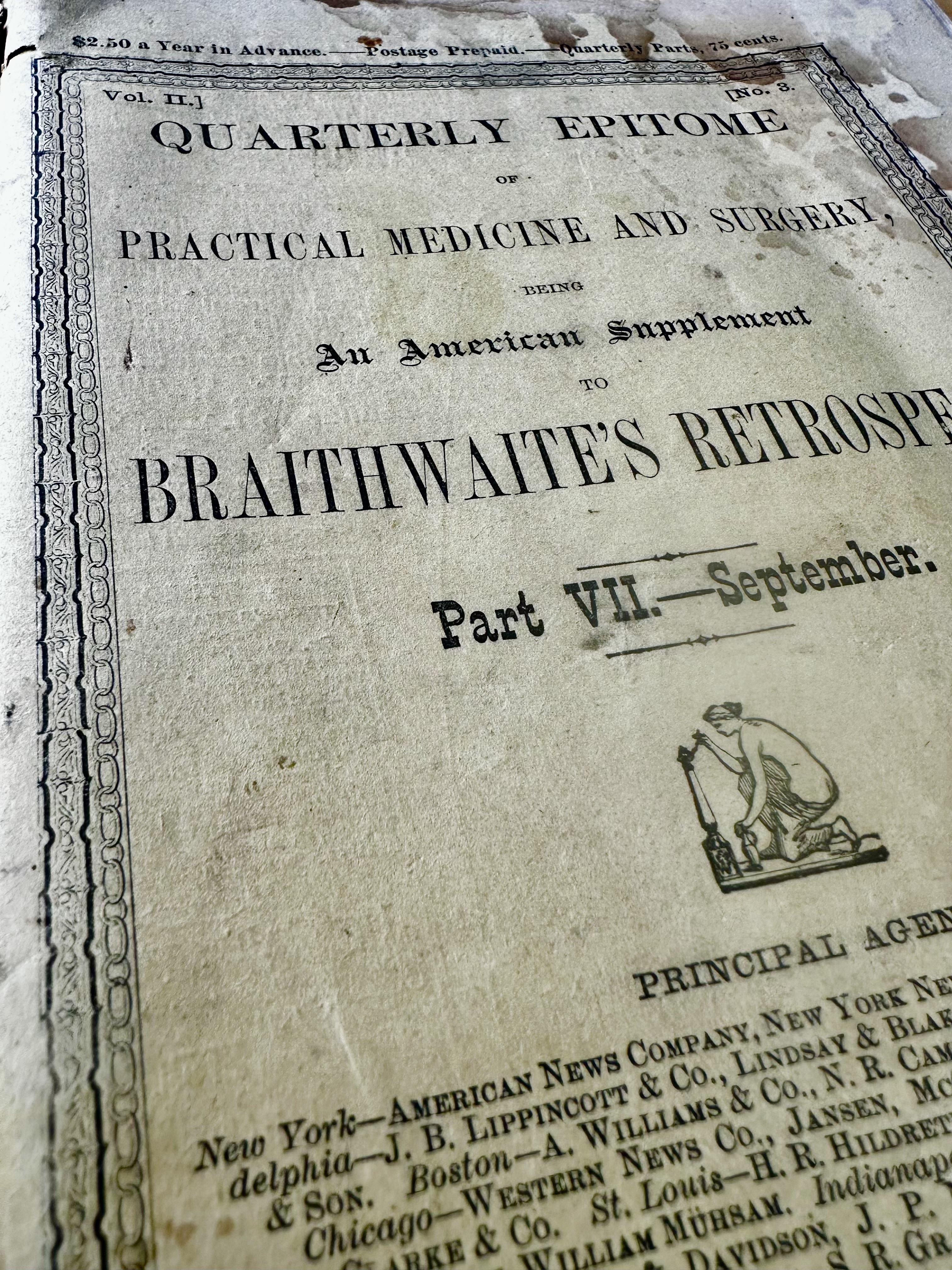
USA, 19 C. 2 half
Quarterly Epitome of American Practical Medicine and Surgery. W.A. Townsend Publisher, New York, 1881, Volume II, Part VII, September. Medical and surgical "readers' digest" of that times.
MUSEUM
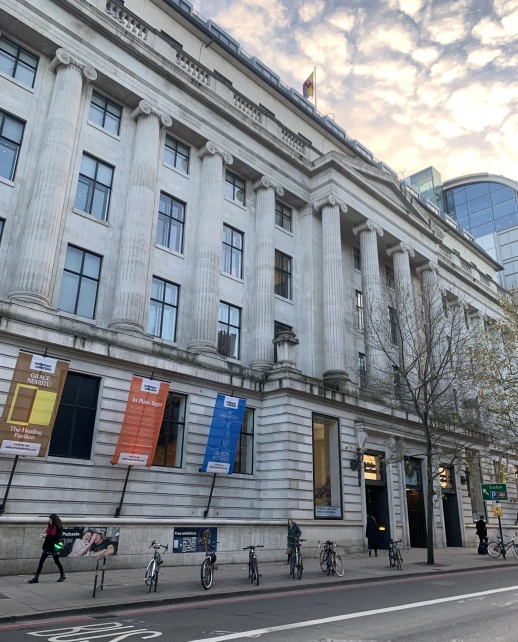
England, London
The Wellcome Library is one of the world's leading resources for the study of medical history and the human condition, offering an extensive collection spanning several centuries. It is located in a distinctive building (183 Euston Road, London – just next to the University College Hospital areal), known for its unique architecture and historical significance, serves as a hub for both the Wellcome Collection's library and its wider range of activities, including exhibitions and public events focused on health and medicine. It forms a part of the Wellcome Collection, a free museum and library that aims to challenge how we all think and feel about health. Significantly, the Wellcome Library has made strides in digitizing its collections, making many of its treasures accessible online. This initiative greatly facilitates research for scholars, students, and the general public, who can now explore vast amounts of material from the comfort of their homes. The Wellcome collection is rich and varied, featuring an array of materials including books, manuscripts, archives, films, and paintings, all related to the development of medicine and health care. These resources not only encompass Western medicine but also cover a wide range of cultural and historical perspectives on health and disease from across the globe.
Italy, Siena
In the depths of Tuscany, Siena during the Renaissance laid on a busy Via Francigena, trade and regligiouse route connecting Western and Northern Italy and Europe with Rome. Opposite the majestic Siena Cathedral, Santa Maria della Scala is a remarkable testimony to the history of medicine of the Middle Ages and the Renaissance. Founded as early as the ninth century, this institution was more than just an ordinary hospital - it was a beacon of hope and compassion for weary pilgrims making the arduous journey along the Via Francigena to Rome and further to the Holy Land. What began as a simple orphanage grew into one of Europe's most famous hospitals, caring not only for pilgrims but also for sick, destitute and abandoned children. By the 12th century it had established itself as a leading centre of medical care, pioneering techniques that shaped the future of medicine in the region. One of the most striking sights of Santa Maria della Scala is the Pellegrinaio Hall (Pilgrims' Hall), whose colourful frescoes depict medical and charitable activities.
Articles
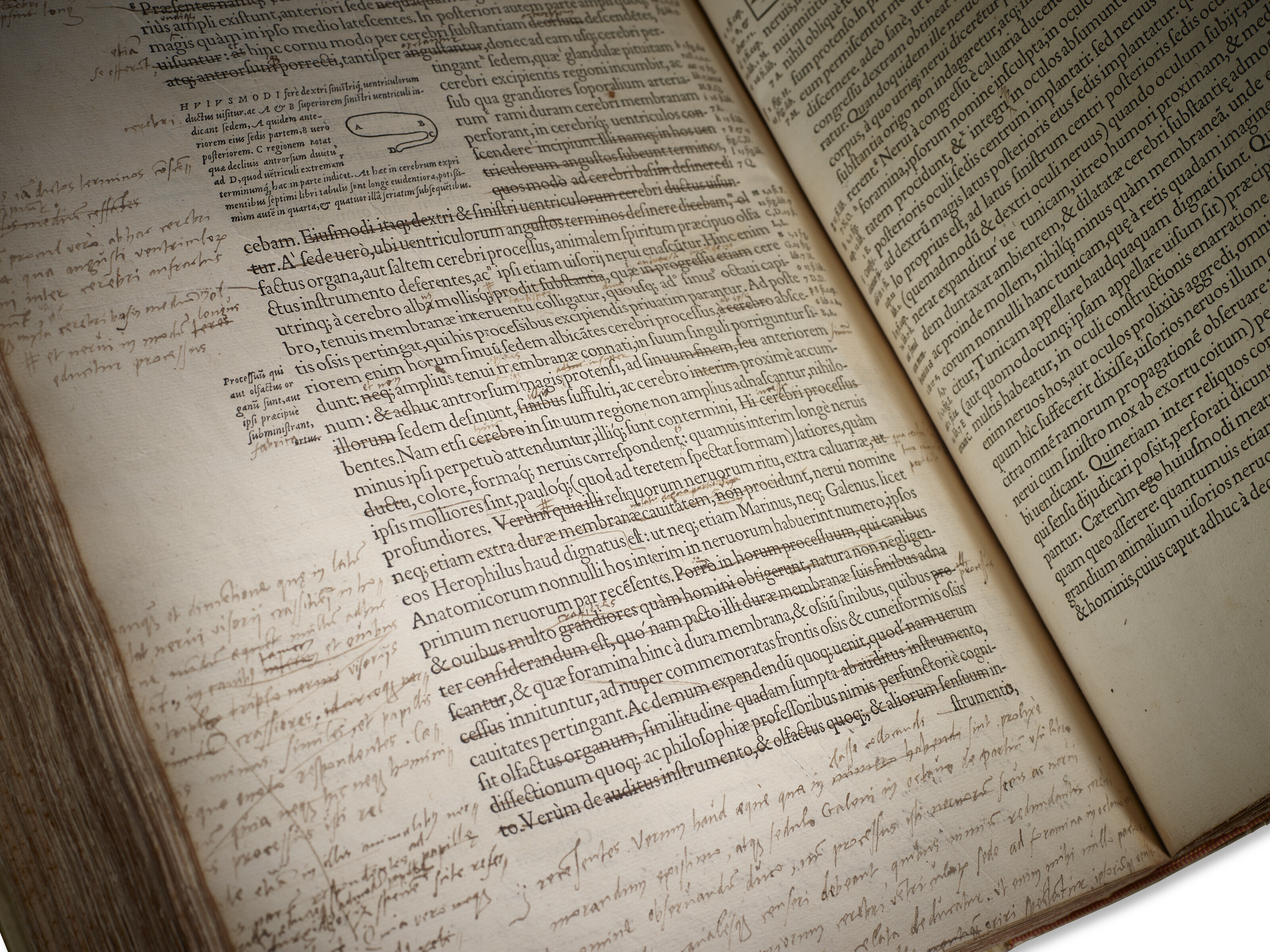
The story of how the second edition of the book De humani corporis fabrica libri septem, by Flemish Andreas Vesalius (1514–1564), desecrated by numerous marginal notes, became one of the most outstanding examples of scientific printing that has come down to us has shocked the world of medical history and bibliography. This book, first published in 1543, then revolutionised anatomy and, among of others, commented on about 200 mistakes and misconceptions of the infallible authority, Claudius Galenus, questioning more than a thousand years of anatomical beliefs. It is no wonder that the young genius (Andreas Vesalius was only 29 years old when by publishing his Opus magnum) faced not just significant opposition, but fierce hatred, a real mass shitstorm for questioning established views, rocking the comfortable chairs of professorial chairs.
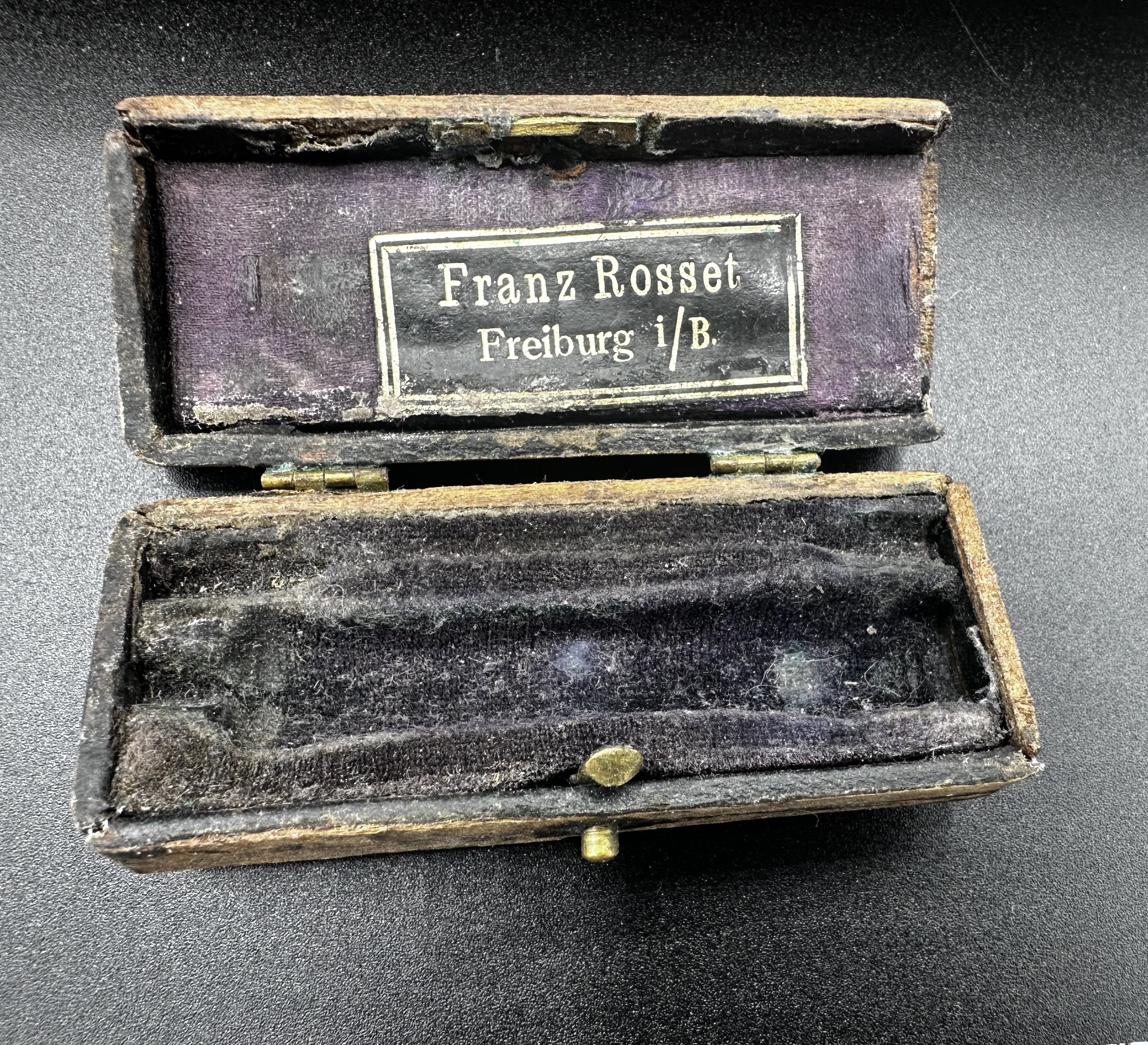
In the world of collecting antiques of medical instruments are often graded based on their condition. The ratings like C1, C2, and C3 are used to indicate the state of preservation and the amount of wear or damage an item has sustained over time. C1 – excellent condition, with minimal signs of wear or use and retains most of its original features and functionality. C2 – good condition but may show more evident signs of wear or aging. C3 – fair or poor condition with noticeable damage or significant signs of wear.